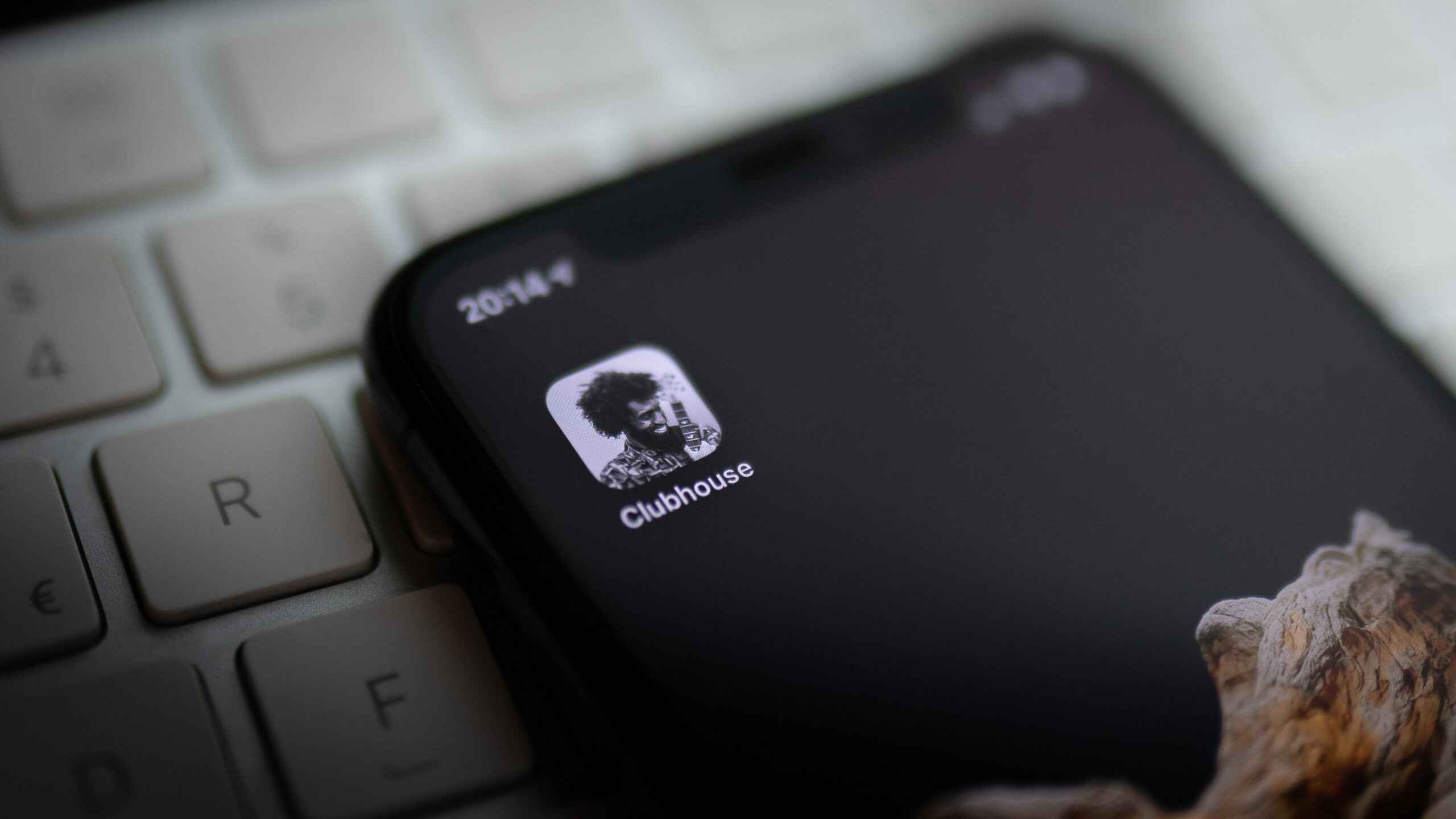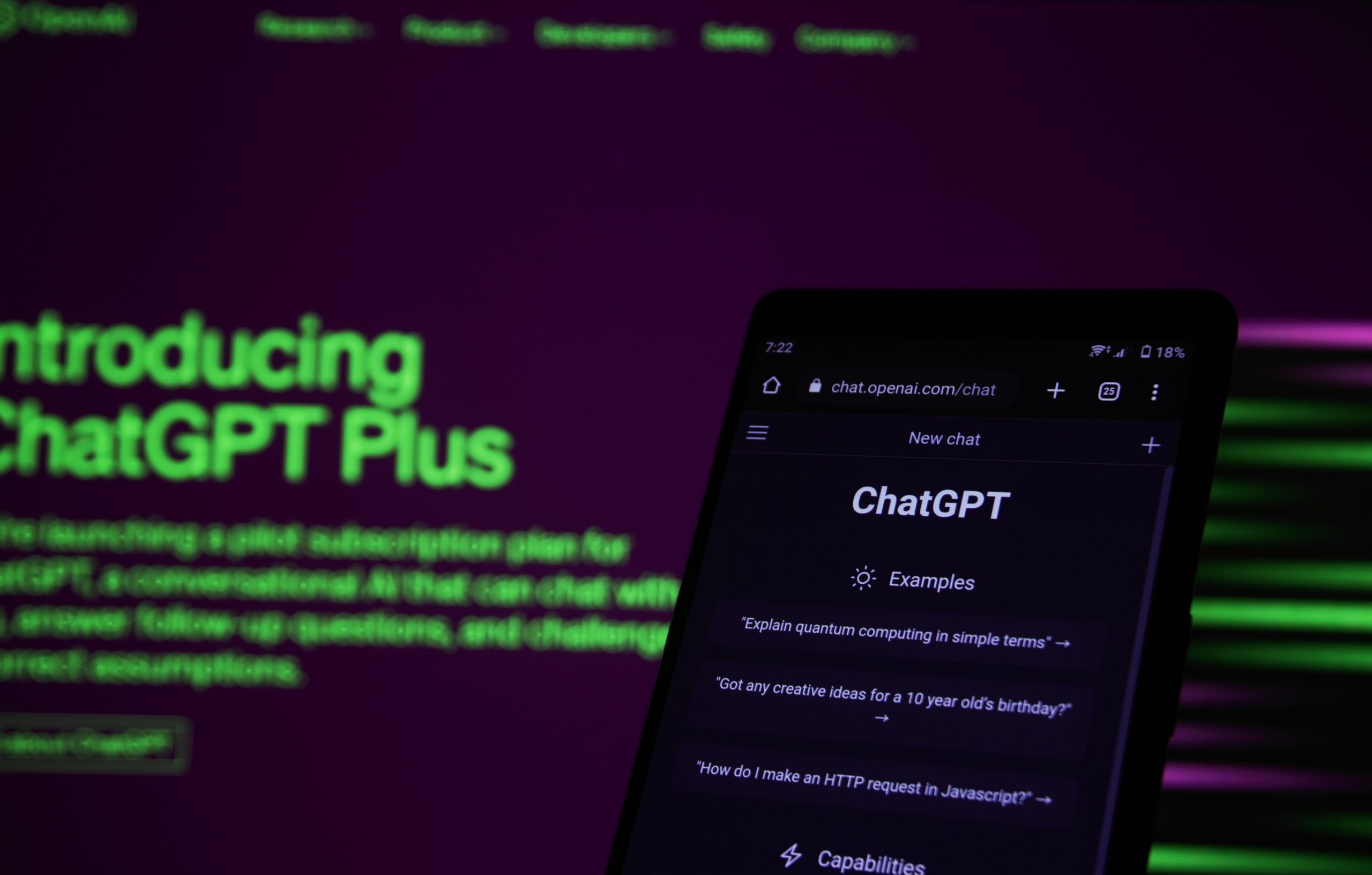Entrepreneurs in the real estate industry face unique challenges when it comes to developing a minimum viable product (MVP). A successful real estate MVP requires a deep understanding of the market, a well-defined value proposition, and a user-friendly design. In this guide, we will walk you through the key components of a real estate MVP and provide you with practical steps to build, fund, and scale your product. We at WeSoftYou, an MVP development company with a proven track record, have gathered our expertise in this comprehensive guide to help you navigate the complex world of real estate MVP development.
Understanding the Concept of a Real Estate MVP
Before diving into the specifics, let’s define what a real estate MVP actually is. A real estate MVP, or Minimum Viable Product, is a streamlined version of your product that includes only the core features necessary to address your target market’s needs. It is a cost-effective way to validate your business idea and gather feedback from users before investing significant time and resources into full-scale development.
Expanding on this concept, creating a real estate MVP involves a strategic approach to product development. It requires careful consideration of the key functionalities that will resonate with your target audience and differentiate your offering in a competitive market. By focusing on the essential elements that showcase your unique value proposition, you can effectively communicate the benefits of your product to potential users.
Defining a Real Estate MVP
A real estate MVP should encapsulate the unique value proposition of your product while providing a basic set of features that solve a specific problem in the industry. It must be intuitive, easy to use, and cater to the needs of your target audience. By focusing on the essential aspects of your product, you can efficiently test the market demand and start gaining valuable insights early on in the development process.
Moreover, when defining a real estate MVP, it is crucial to prioritize features that address the pain points of your target market. By conducting thorough market research and understanding the challenges faced by real estate professionals and consumers, you can tailor your MVP to deliver tangible solutions. This customer-centric approach not only enhances the usability of your product but also increases its chances of gaining traction in the market.
Importance of a Real Estate MVP for Entrepreneurs
A real estate MVP serves as a valuable tool for entrepreneurs for several reasons. Firstly, it allows you to test your idea in a real-world environment, gaining feedback from early adopters and identifying potential pitfalls. Secondly, it minimizes the financial risk associated with full-scale development by focusing on essential features. Lastly, it enables you to refine your product based on user feedback and market demand while avoiding unnecessary implementation costs.
Furthermore, for entrepreneurs in the real estate industry, leveraging a MVP approach can provide a competitive edge by accelerating the time-to-market for innovative solutions. By swiftly launching a prototype that addresses critical needs in the market, entrepreneurs can establish a strong foothold and adapt their product roadmap based on real-time feedback. This iterative process not only fosters continuous improvement but also cultivates a culture of innovation within the organization, driving long-term success.
Key Components of a Successful Real Estate MVP
Now that we have a clear understanding of what a real estate MVP is, let’s explore the key components that make up a successful product.
When delving into the realm of real estate MVP development, it’s essential to consider the significance of scalability. Ensuring that your MVP has the potential to scale as your user base grows is crucial for long-term success. By building a foundation that can accommodate future enhancements and increased traffic, you set your product up for sustainable growth in the competitive real estate market.
Market Research and Validation
Before diving into development, it is crucial to conduct thorough market research. This involves analyzing your target market, identifying your competitors, and understanding the pain points of potential users. By conducting market validation through surveys, interviews, or online research, you can gather valuable insights that will shape your MVP.
Moreover, in the dynamic landscape of real estate, staying updated with the latest market trends and consumer preferences is paramount. Integrating real-time data and analytics tools into your MVP can provide valuable insights for decision-making and continuous improvement, ensuring your product remains relevant and competitive.
Core Features and Functionality
Once you have validated your market, it’s time to define the core features and functionality of your product. This involves identifying the key functionalities your MVP must have to address the pain points of your target audience. From our experience, it’s important to strike a balance between providing enough value to attract users and avoiding feature overload that could complicate the user experience.
Furthermore, incorporating innovative technologies such as artificial intelligence or virtual reality can elevate the functionality of your real estate MVP, offering unique features that set your product apart from traditional offerings. By embracing cutting-edge solutions, you can enhance user engagement and provide a differentiated experience in the competitive real estate market.
User Experience and Interface Design
The user experience (UX) and interface design (UI) of your real estate MVP are crucial aspects of its success. Your product should be intuitive, aesthetically pleasing, and easy to navigate. The design should align with your target audience’s preferences and ensure a seamless user journey throughout the platform.
Additionally, personalization is key in creating a tailored user experience. Implementing customization options and interactive features can enhance user engagement and foster a sense of ownership among your audience. By prioritizing user-centric design principles, you can cultivate a loyal user base and drive long-term success for your real estate MVP.
Steps to Building a Real Estate MVP
Now that we have discussed the essential components of a real estate MVP, let’s dive into the practical steps you should follow to successfully build your product.
Identifying the Problem and Solution
The first step is to clearly define the problem you want to solve in the real estate industry. Take the time to thoroughly research and understand the pain points experienced by potential users. Are they struggling with finding accurate property listings? Do they need a more efficient way to connect with real estate agents? By identifying the problem, you can then brainstorm and identify a unique solution that addresses these pain points.
For example, you may discover that many potential homebuyers are frustrated with the lack of transparency in the real estate market. They often encounter hidden fees and unexpected costs when purchasing a property. To solve this problem, your MVP could offer a platform that provides transparent pricing information, allowing users to make informed decisions.
Developing a Unique Value Proposition
Your unique value proposition (UVP) must clearly articulate why users should choose your product over existing solutions. It should highlight the unique features, benefits, and value your MVP brings to the market. Ensure that your UVP aligns with your target audience’s needs and communicates a clear differentiation from competitors.
Continuing with the example of transparency in the real estate market, your UVP could emphasize how your product provides a comprehensive breakdown of all costs associated with a property purchase. This transparency not only saves users from unexpected expenses but also builds trust and credibility in your platform.
Designing and Prototyping the MVP
Designing and prototyping your real estate MVP is a crucial step in the development process. This involves creating wireframes and mockups that visually represent the user interface and flow of your product. By prototyping, you can gather early feedback and make necessary adjustments before proceeding to development.
Consider the user experience when designing your MVP. How can you make the process of searching for properties intuitive and seamless? Are there any additional features that can enhance the overall user experience? It’s important to strike a balance between simplicity and functionality to ensure that users find your product easy to navigate and use.
Testing and Iterating the MVP
With your prototype in hand, it’s time to start testing your real estate MVP with real users. This feedback will help you uncover any usability issues, bugs, or missing features. By incorporating user feedback into your iterations, you can continuously improve your product and ensure it aligns with customer expectations.
During the testing phase, you may discover that users find certain features confusing or encounter difficulties in specific areas of your product. This valuable feedback allows you to make informed decisions on how to refine and enhance your MVP. By iterating based on user feedback, you can create a more user-friendly and effective solution.
Remember, building a real estate MVP is an iterative process. Each step brings you closer to creating a product that truly addresses the needs of your target audience. By identifying the problem, developing a unique value proposition, designing and prototyping, and testing and iterating, you can build a real estate MVP that stands out in the market.
Funding and Monetizing Your Real Estate MVP
Building a real estate Minimum Viable Product (MVP) is an exciting venture that requires careful financial planning and resources. Let’s delve deeper into the world of funding options and strategies for monetizing your innovative product to ensure its success in the competitive real estate market.
Before embarking on the journey of developing your real estate MVP, it’s crucial to assess the financial requirements involved. From designing user-friendly interfaces to integrating complex backend systems, every aspect of your MVP demands financial investment. Let’s explore additional funding options and detailed strategies to help you navigate the financial landscape effectively.
Exploring Funding Options
Securing funding for your real estate MVP can be a pivotal step towards turning your vision into reality. While bootstrapping allows you to maintain full control over your product development, seeking investment from venture capitalists can provide the necessary financial boost for rapid growth. Crowdfunding platforms offer a unique opportunity to engage with potential users and investors simultaneously, garnering support for your real estate MVP. Additionally, forging strategic partnerships with industry leaders can not only bring in financial backing but also provide valuable insights and networking opportunities.
When evaluating funding options, consider the long-term implications and alignment with your business objectives. Each funding avenue comes with its own set of advantages and challenges, so it’s essential to conduct thorough research and due diligence before making a decision. By selecting the right funding source tailored to your specific needs, you can set a solid foundation for the successful development of your real estate MVP.
Strategies for Monetizing Your MVP
Once your real estate MVP is primed for launch, devising effective monetization strategies is key to sustaining your business in the competitive real estate market. Subscription-based models offer a recurring revenue stream, ensuring a steady income flow while providing users with valuable services. Commission structures can be another lucrative avenue, especially for platforms facilitating property transactions. Integrating targeted advertising within your MVP can unlock additional revenue streams while enhancing user experience.
Furthermore, exploring freemium models that offer basic features for free with premium upgrades can attract a wider user base while enticing users to upgrade for enhanced functionalities. It’s essential to align your monetization strategy with your target audience’s preferences and market trends to maximize revenue potential. By continuously refining your monetization approach based on user feedback and industry insights, you can establish a sustainable business model for your real estate MVP.
Scaling and Expanding Your Real Estate MVP
After successfully launching your real estate MVP, the next step is to scale and expand your product’s reach. Here are a few strategies to consider:
Expanding your real estate MVP involves a multifaceted approach that goes beyond just increasing user numbers. It requires a deep understanding of market dynamics, user behavior, and industry trends. By delving into these aspects, you can uncover hidden opportunities for growth and expansion.
Growth Strategies for Your MVP
Implement marketing and growth strategies to attract more users to your real estate MVP. Utilize digital marketing channels, leverage social media platforms, and invest in search engine optimization (SEO) to increase visibility and drive traffic to your product.
Furthermore, consider forming strategic partnerships with key players in the real estate ecosystem. Collaborating with real estate agencies, property developers, or industry influencers can significantly boost your MVP’s visibility and credibility. These partnerships can also open doors to new markets and customer segments.
Expansion and Diversification Opportunities
Once you have a solid user base, consider expanding your real estate MVP’s offerings and diversifying into related areas. This could involve adding new features, targeting new geographic locations, or entering complementary niches within the real estate industry. Be agile and responsive to market feedback to identify growth opportunities.
Moreover, investing in data analytics and user feedback mechanisms can provide valuable insights into user preferences and pain points. By analyzing this data, you can tailor your MVP’s expansion strategy to meet the evolving needs of your target audience. This customer-centric approach not only drives growth but also fosters long-term loyalty and engagement.
Overcoming Challenges in Real Estate MVP Development
Developing a real estate MVP is no easy task, and there will be challenges along the way. Here are some common pitfalls to avoid and legal considerations to be mindful of:
Embarking on the journey of real estate MVP development requires a strategic approach and a keen eye for detail. In addition to the technical aspects, it is crucial to consider the user experience and market demands. Conducting thorough market research and user testing can provide valuable insights that shape the development process and ensure the MVP meets the needs of its target audience.
Common Pitfalls and How to Avoid Them
Avoid the trap of building unnecessary features that delay your MVP launch. Stay focused on the core functionalities that address your target market’s pain points. Additionally, ensure you have a well-defined development plan and a competent development team to avoid project delays and miscommunication.
Furthermore, fostering a culture of continuous improvement within your development team can help streamline the process and enhance the quality of the MVP. Encouraging open communication and feedback loops can lead to innovative solutions and efficient problem-solving, ultimately driving the success of your real estate MVP.
Navigating Regulatory and Legal Considerations
The real estate industry is subject to various regulations and legal considerations. Ensure that your real estate MVP complies with local laws, data protection regulations, and any real estate-specific guidelines. This will help you avoid legal complications down the road and establish trust with your users.
Collaborating with legal experts and industry professionals can provide valuable guidance in navigating the complex landscape of real estate regulations. By staying informed and proactive in addressing legal considerations, you can mitigate risks and ensure the long-term viability of your real estate MVP.
Conclusion: The Path to a Successful Real Estate MVP
Building a successful real estate MVP requires a combination of market research, strategic planning, user-centric design, and iterative development. By following the steps outlined in this guide, you can minimize risks, validate your business idea, and build a product that resonates with your target market. The real estate industry is evolving rapidly, and a well-executed MVP can put you ahead of the competition.
Key Takeaways for Entrepreneurs
- Understand the concept of a real estate MVP and its importance for entrepreneurs.
- Focus on market research, core features, and user experience during development.
- Follow a clear step-by-step process to build, fund, and scale your product.
- Consider different funding options and monetization strategies for sustainability.
- Expand your product’s reach through growth strategies and diversification.
- Avoid common pitfalls and stay compliant with legal and regulatory requirements.
Future Trends in Real Estate MVP Development
The real estate industry is experiencing technological advancements that will shape the future of real estate MVPs. Keep an eye on emerging technologies such as artificial intelligence, blockchain, and virtual reality, as they have the potential to revolutionize the industry and open up new possibilities for MVP development.
As a software development company with a proven track record, WeSoftYou is well-equipped to help you turn your real estate MVP vision into a reality. Contact us today for a free consultation or project estimation. We look forward to partnering with you on your entrepreneurial journey!





















